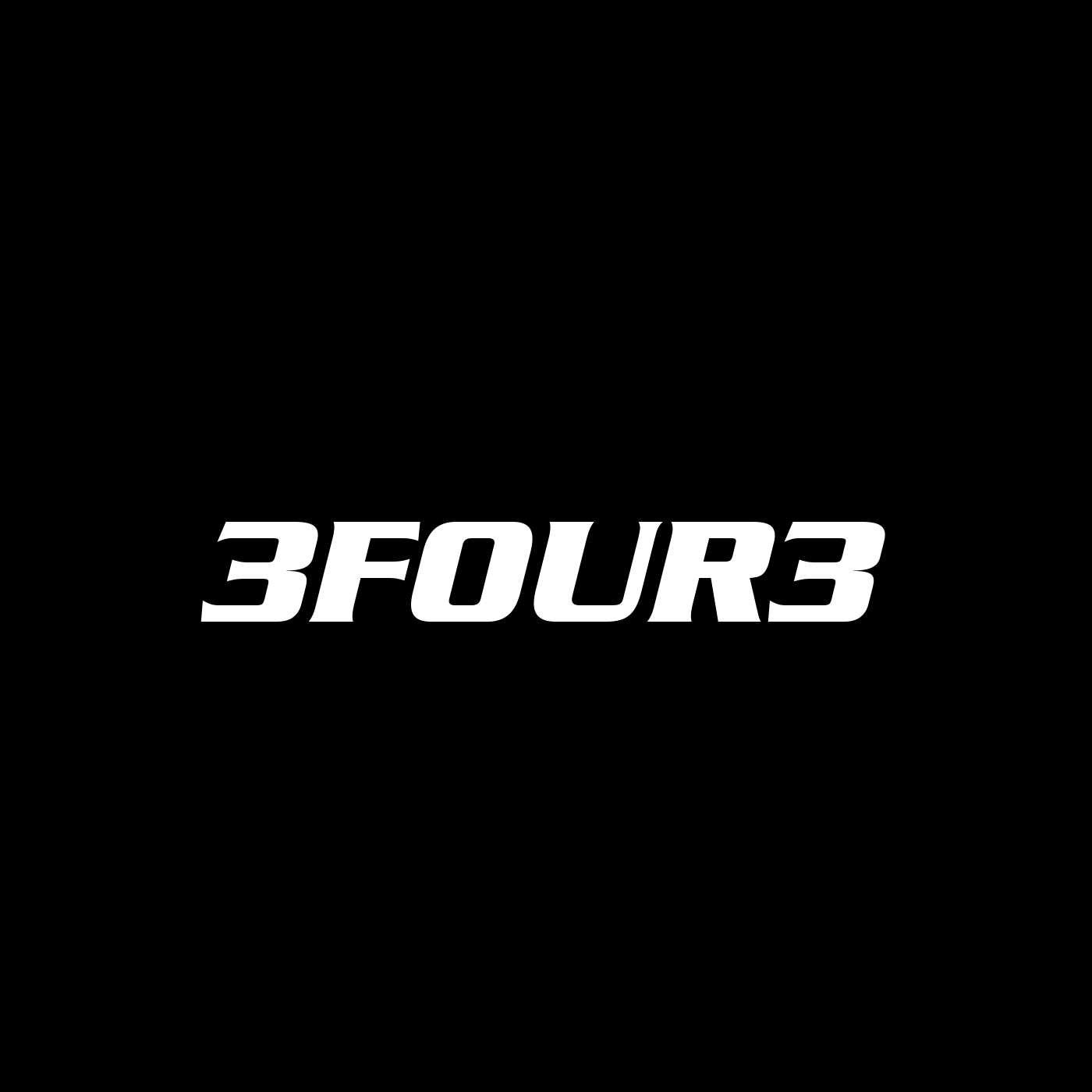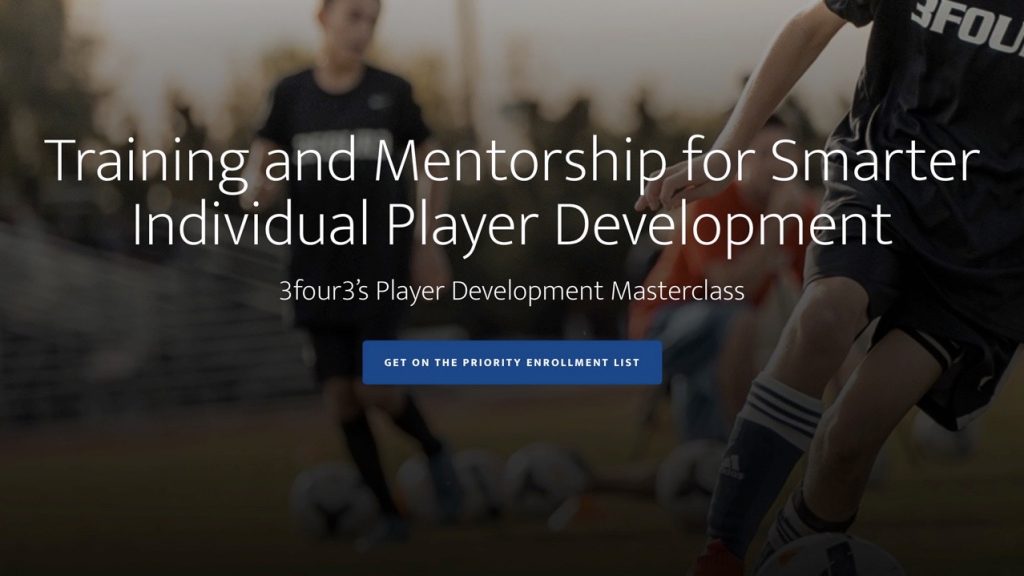
Today I’m joined by longtime friend, colleague, and exceptional coach with a ton of experience, Joey Cascio.
This episode is a technical one – a zooming in on one particular training exercise. Namely, the 4v1 Rondo.
So coaches, this is right up your alley.
But you know what, it’s not just for coaches. None of our episodes are just for one specific demo.
In this case, peering into how a practitioner of over 10 years thinks and dissects his craft affords insight, I believe, on multiple levels.
Before we jump in, let me share a little background on the fascinating, and many times controversial evolution of the use of “Rondos” in the United States as a training exercise, or as an integral part of a team’s training methodology.
In the United States, at scale, nobody knew of or had even heard of a Rondo prior to say … 15 years ago, or so.
Even Brian had not fully incorporated a Rondo, let alone a entire suite of them into his training methodology.
It wasn’t until his in depth, multiple and lengthy internships at FC Barcelona – where he learned directly from colleagues at the club – how they have done it with both their youth academy and their professionals, did Brian fully incorporate these things.
That was during the time of Pep Guardiola and Luis Enrique. Dating us around the 2009 to 2012 timeframe.
That remarkable Barcelona era, marks the beginning of some sort of awareness about Rondos here in the States.
Everyone wanted to know how it was possible that Barcelona could so fully dominate every single opponent with a controlled possession that looked more like a playful work of performance art, than a strenuous athletic competition. Guys, it was just poetry in motion.
They would basically win all the trophies, and to boot, they would do it principally with graduates from their youth academy. Not to mention Spain subsequently winning the World Cup.
So yes, upon hearing Barcelona (Spain in general, really) would train and develop their players (both youth and pro) with Rondos, that word made its way into the United States.
But it wasn’t well received by many, to say the least.
Actually, it was striking to see the level of resistance to the use of Rondos.
One of the reasons for this seemed to be of a xenophobic kind. Rondos seemed to represent a “Spanish or Latino” thing, and that doesn’t jive with the sort of thing we do around these here parts.
Our run and gun, route one, pace, power, and athleticism over everything culture – heavily influenced and derived from the English – which mostly controls the game here, wanted little to do with accepting such an affront to their way of doing things.
I won’t dwell on this specific reason today, as I think it deserves a whole episode unto itself.
Instead, and what you’ll hear with Joey, is more from an angle of misunderstanding what a Rondo is and what it does.
Even people and coaches who were advocating for the use of Rondos those first few years after they had heard of the term, were thinking of a “piggie in the middle” sort of thing.
They would say or imply things like “Oh yeah, I know what a Rondo is. It’s where you have a bunch of players form a circle, then put a player or two in the middle. Then the ball gets passed around the perimeter while the ‘piggie in the middle’ tries to intercept the ball.”
That is literally what people who claimed to know about, and use, Rondos in their training sessions thought a Rondo was. For years!
Well, fast forward to today, and while I think motivated and well-intentioned coaches have totally evolved from that original misunderstanding, it seems many stopped their learning curve on Rondos prematurely. So much so, they’ve missed the ultimate magic and the culmination of the methodology.
I’ve seen it time and time again in person, in discussions, and via online commentary from coaches.
I’ve seen the mistake – which we’re all susceptible to – of thinking “yeah, yeah, I know this stuff” and then proceeding to start modifying the exercises thinking we’re making it better, or not using them at all anymore.
It’s a common pitfall across so many domains, the whole “shiny object syndrome”. It stems from getting bored of having done the same thing for maybe 6 months or 4 years, and itching to do something else rather than going even deeper towards mastery in the same thing.
I get it, I’m not immune to this.
But today’s episode is intended to zoom in on just one such Rondo and helping to illustrate the continued misunderstanding and mistake of where the magic ultimately lies, and address some of the misguided objections that lead coaches astray.
Never miss new episodes:
- Subscribe to 3four3 FM on iTunes
- Subscribe to 3four3 FM on Stitcher
- Subscribe to 3four3 FM on Spotify
Coaching Education Program
This is brought to you by the 3four3 coaching education program.
Learn more and join over 1000 coaches using our proven possession-based methodology.

Gary/Joey – do you find teams/ coaches who play more direct/less possession stylistically can benefit from training with a 4v1 rondo?